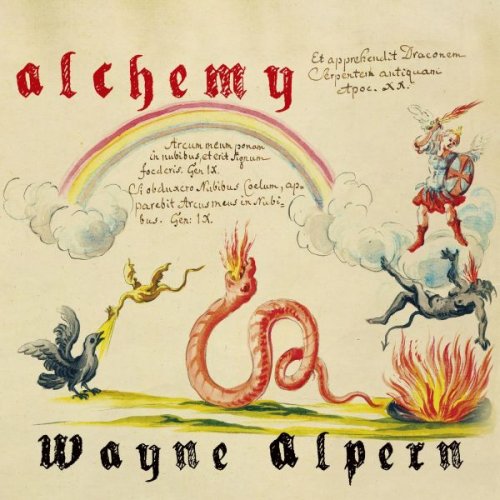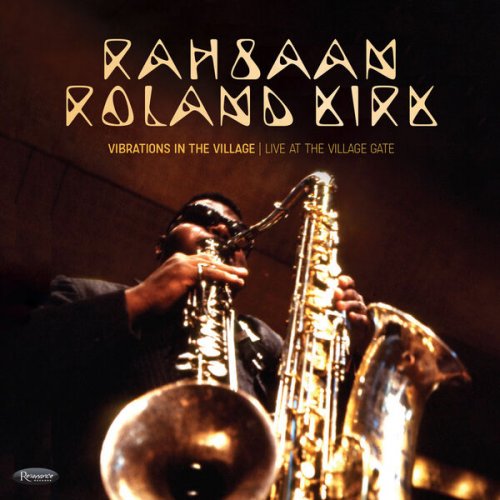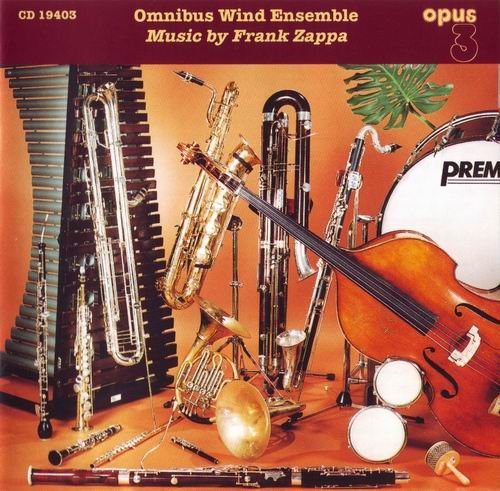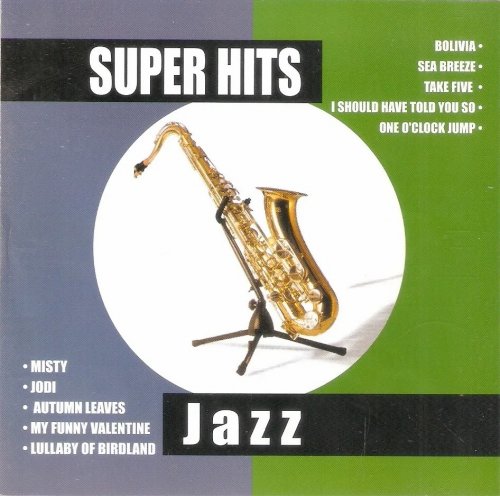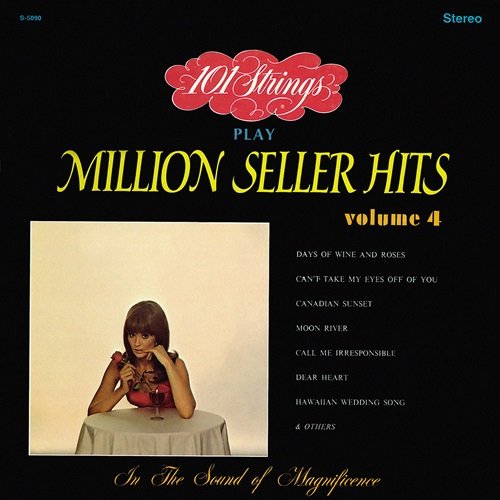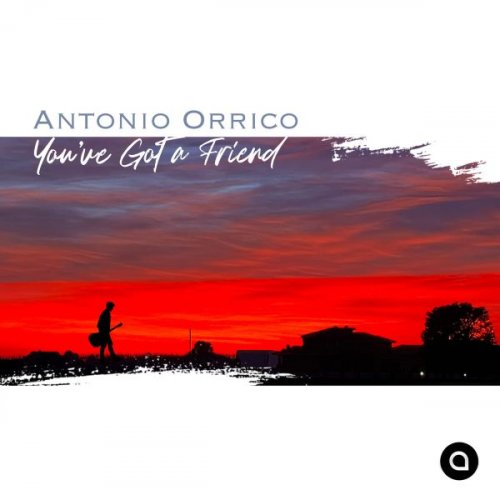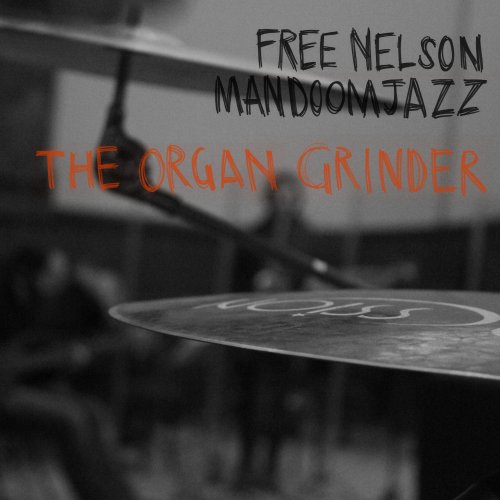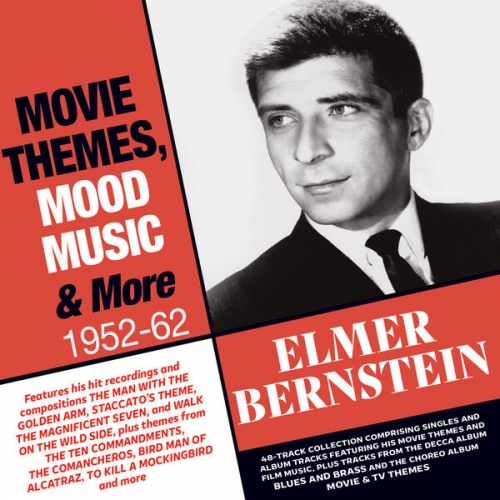AP Quarteto - Nu (2022)
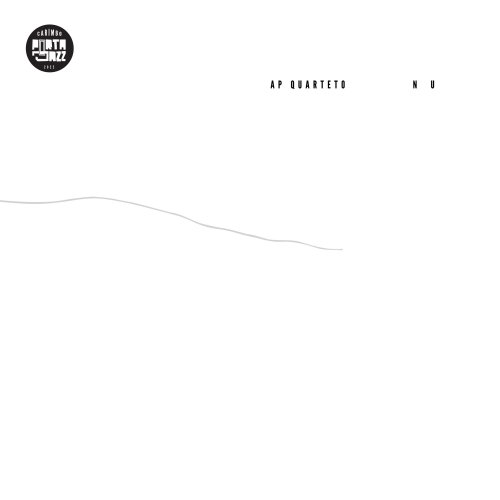
Artist: AP Quarteto
Title: Nu
Year Of Release: 2022
Label: Brandit Digital Media Services
Genre: Jazz
Quality: FLAC (tracks)
Total Time: 47:30 min
Total Size: 262 MB
WebSite: Album Preview
Tracklist:Title: Nu
Year Of Release: 2022
Label: Brandit Digital Media Services
Genre: Jazz
Quality: FLAC (tracks)
Total Time: 47:30 min
Total Size: 262 MB
WebSite: Album Preview
1. Cubo 1
2. Escuro
3. Limbo
4. Cubo 2
5. Sim Fonia
6. Útero
7. O Pintor
8. Tema Inocente
9. Cubo 3
Three years after “The uncertainty of the right trio”, the new album by guitarist and composer AP – petit nom by António Pedro Neves (b. 1981) – presents itself to our eyes in the most disarming simplicity: a faint gray trace over a target background, the name of the formation and the title, with only two letters: “Nu”. It has the stamp of Carimbo, the healthily restless editorial arm of the Porta-Jazz Association. jazz.pt has already heard it.
All this points not only to the desire to pursue a logic of sound “purification”, in a way a reduction to the essence – a mark also expressed in his previous recordings – but, above all, it is based, he tells us, in an idea of simplicity. , trying to make the pieces sound without artifacts, so to speak naked: «When we improvise we are always a little “naked” and at the mercy of what happens at the moment.”
AP is one of the leading names in the fertile Porto jazz ecosystem, closely associated with the Porta-Jazz Association. We know the pivotal role he plays in his own recordings (how far his surprising debut as a leader goes in “6e5”, edited by the late Tone of a Pitch in 2011), but also when he works for wider formations, such as the Bandstand ; the album “Mergulho”, from 2014, is entirely composed of compositions by him, or for the Orquestra Jazz de Matosinhos (OJM), for whom he occasionally arranges. But it is in smaller groups such as “Incerteza do trio certo” (with bassist Diogo Dinis and drummer Miguel Sampaio), who released a self-titled album in 2019, the quartet that recorded “Lento” (with Carlos Azevedo on piano, Filipe Teixeira on double bass and Acácio Salero on drums) or the Synopsis quintet, by double bassist João Paulo Rosado, which we more clearly reveal the full breadth of his approach.
In “Nu”, AP appears with its new quartet, complete with the great pianist José Diogo Martins (Omniae Ensemble by Pedro Melo Alves, ENTER THE sQUIGG by Mané Fernandes or Symph by Hugo Antunes) and for a rhythm section with two other names on the rise in the Porto scene, bassist Gonçalo Sarmento and drummer Gonçalo Ribeiro. Here, the main elements of his sound universe are kept; but if in “Lento” he chose to explore more the rhythmic component, certain compositional tools and a more conventional improvisation (on a harmonic structure), one can sense in “Nu” a desire to try new possibilities, to take other risks . «I didn't want to use the term 'experimental', but it has something to do with it in the sense that I thought about the themes in a more 'open' way, using resources such as free improvisation and the timbral exploration of guitar effects», he explains. AP to jazz.pt.
Recorded in March 2022 at OJM's CARA - Centro de Alto Rendimento Artístico studios, the guitarist's new album expands views, explores melodic simplicity and contrasts it with other atmospheres, some impregnated with groove and others where free improvisation is what more order. Despite AP being the only composer, the collective dimension acquires a decisive character: «During rehearsals we try some things and of course there are always suggestions from other musicians who sometimes change the themes. The themes come to life during rehearsals in a process of experimentation and joint creation.”
For its artistic, elegant and structured vision, multiple references converge, from jazz to classical music, from rock to popular music. «There are themes that arise from a simple idea that I then try to develop, be it a melody, a set of chords, a musical gesture, still others from the free exploration of instrument timbres and others from the simple attempt to evoke a feeling or sensation», reinforces the guitarist. It is clear that the emphasis was placed on the search for sounds and timbres, both in terms of composition and improvisations, which would give internal coherence to the themes and the album in its calculation.
It is clear that guitar and piano assume, I would say naturally, their own centralities, resulting in greater freedom of movement, supported by the drums and the bass (or electric bass), although there are times when these instruments also release strings and fly freely. In “Cubo 1”, for example, a completely written piece without improvisation, AP explored certain compositional techniques, with the chords developing within a rhythmic phrase proposed by the guitar and bass, which expose the basic idea, and which then the piano, making the same progression, immediately interpellates, the same happening with the drums.
“Dark” is based on a motif explained by guitar and piano, which Martins intelligently develops. The guitar punctuates, intervening sporadically, until its solo, with the piano then taking the helm. The rhythm section fulfills the mission with sobriety. “Limbo”, one of the most interesting moments of the record, starts energetically and dominated by bass and drums; the apparent disorder gives way to a disturbingly serene atmosphere, underlined by the piano notes and the clarity of the guitarist's speech, in a remarkable moment of improvisation.
“Cubo 2” is a more exploratory vignette, to which the guitar effects are added, with spaces, overlapping guitar and piano chords, taken from “Cube 1”. “Sim Fonia”, the longest piece on the record, is driven by the guitar, which instills a more groovy sound, with repeated motifs that are transmuted. Another of the highlights of the album is “Útero”, in which the crystalline piano and the subtle guitar effects, freely improvised, build another piece of enigmatic ambience. Ribeiro's drums introduce “O Pintor”, which ends in a simple melody, with intense dialogue between the rock pulse of the guitar and the piano, and the rhythm section to be refereed.
“Tema Inocente” is based on another apparently simple melody and a bass line, gaining contours here more abstract, there more figurative and others full of groove. The paused movement of “Cubo 3” is an appropriate conclusion, revisiting the harmonic grid of “Cubo 1”, which sustains a melody woven by the guitar and then by the piano.
“Nu” is further proof, if need be, of AP's creative relevance as a guitarist and sound strategist from whom one can always expect resolute steps forward.
All this points not only to the desire to pursue a logic of sound “purification”, in a way a reduction to the essence – a mark also expressed in his previous recordings – but, above all, it is based, he tells us, in an idea of simplicity. , trying to make the pieces sound without artifacts, so to speak naked: «When we improvise we are always a little “naked” and at the mercy of what happens at the moment.”
AP is one of the leading names in the fertile Porto jazz ecosystem, closely associated with the Porta-Jazz Association. We know the pivotal role he plays in his own recordings (how far his surprising debut as a leader goes in “6e5”, edited by the late Tone of a Pitch in 2011), but also when he works for wider formations, such as the Bandstand ; the album “Mergulho”, from 2014, is entirely composed of compositions by him, or for the Orquestra Jazz de Matosinhos (OJM), for whom he occasionally arranges. But it is in smaller groups such as “Incerteza do trio certo” (with bassist Diogo Dinis and drummer Miguel Sampaio), who released a self-titled album in 2019, the quartet that recorded “Lento” (with Carlos Azevedo on piano, Filipe Teixeira on double bass and Acácio Salero on drums) or the Synopsis quintet, by double bassist João Paulo Rosado, which we more clearly reveal the full breadth of his approach.
In “Nu”, AP appears with its new quartet, complete with the great pianist José Diogo Martins (Omniae Ensemble by Pedro Melo Alves, ENTER THE sQUIGG by Mané Fernandes or Symph by Hugo Antunes) and for a rhythm section with two other names on the rise in the Porto scene, bassist Gonçalo Sarmento and drummer Gonçalo Ribeiro. Here, the main elements of his sound universe are kept; but if in “Lento” he chose to explore more the rhythmic component, certain compositional tools and a more conventional improvisation (on a harmonic structure), one can sense in “Nu” a desire to try new possibilities, to take other risks . «I didn't want to use the term 'experimental', but it has something to do with it in the sense that I thought about the themes in a more 'open' way, using resources such as free improvisation and the timbral exploration of guitar effects», he explains. AP to jazz.pt.
Recorded in March 2022 at OJM's CARA - Centro de Alto Rendimento Artístico studios, the guitarist's new album expands views, explores melodic simplicity and contrasts it with other atmospheres, some impregnated with groove and others where free improvisation is what more order. Despite AP being the only composer, the collective dimension acquires a decisive character: «During rehearsals we try some things and of course there are always suggestions from other musicians who sometimes change the themes. The themes come to life during rehearsals in a process of experimentation and joint creation.”
For its artistic, elegant and structured vision, multiple references converge, from jazz to classical music, from rock to popular music. «There are themes that arise from a simple idea that I then try to develop, be it a melody, a set of chords, a musical gesture, still others from the free exploration of instrument timbres and others from the simple attempt to evoke a feeling or sensation», reinforces the guitarist. It is clear that the emphasis was placed on the search for sounds and timbres, both in terms of composition and improvisations, which would give internal coherence to the themes and the album in its calculation.
It is clear that guitar and piano assume, I would say naturally, their own centralities, resulting in greater freedom of movement, supported by the drums and the bass (or electric bass), although there are times when these instruments also release strings and fly freely. In “Cubo 1”, for example, a completely written piece without improvisation, AP explored certain compositional techniques, with the chords developing within a rhythmic phrase proposed by the guitar and bass, which expose the basic idea, and which then the piano, making the same progression, immediately interpellates, the same happening with the drums.
“Dark” is based on a motif explained by guitar and piano, which Martins intelligently develops. The guitar punctuates, intervening sporadically, until its solo, with the piano then taking the helm. The rhythm section fulfills the mission with sobriety. “Limbo”, one of the most interesting moments of the record, starts energetically and dominated by bass and drums; the apparent disorder gives way to a disturbingly serene atmosphere, underlined by the piano notes and the clarity of the guitarist's speech, in a remarkable moment of improvisation.
“Cubo 2” is a more exploratory vignette, to which the guitar effects are added, with spaces, overlapping guitar and piano chords, taken from “Cube 1”. “Sim Fonia”, the longest piece on the record, is driven by the guitar, which instills a more groovy sound, with repeated motifs that are transmuted. Another of the highlights of the album is “Útero”, in which the crystalline piano and the subtle guitar effects, freely improvised, build another piece of enigmatic ambience. Ribeiro's drums introduce “O Pintor”, which ends in a simple melody, with intense dialogue between the rock pulse of the guitar and the piano, and the rhythm section to be refereed.
“Tema Inocente” is based on another apparently simple melody and a bass line, gaining contours here more abstract, there more figurative and others full of groove. The paused movement of “Cubo 3” is an appropriate conclusion, revisiting the harmonic grid of “Cubo 1”, which sustains a melody woven by the guitar and then by the piano.
“Nu” is further proof, if need be, of AP's creative relevance as a guitarist and sound strategist from whom one can always expect resolute steps forward.
